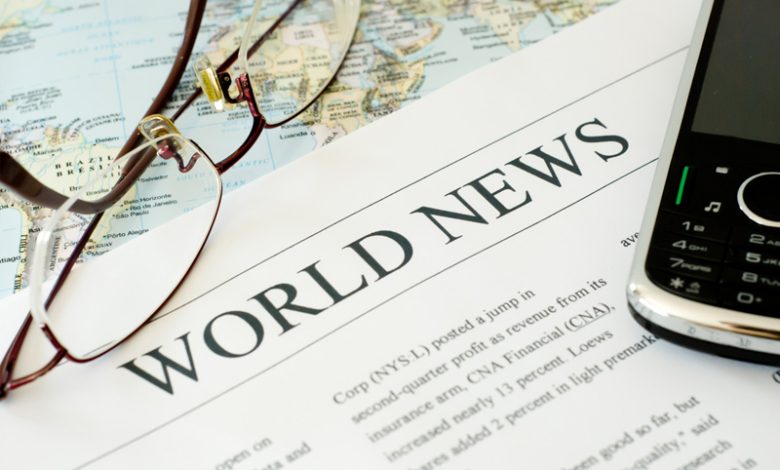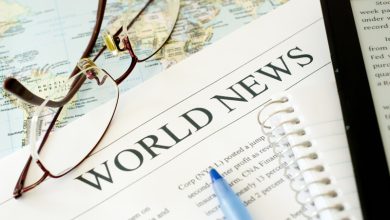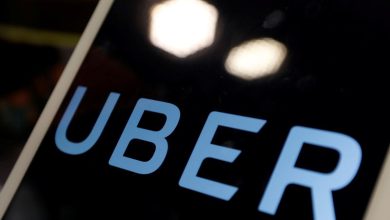
Rally West, Reassure East, Support Ukraine – By Reuters
By Andrew Gray and Anthony Deutsch
BRUSSELS/AMSTERDAM – NATO’s new leader, Mark Rutte, will rely on his coalition-building skills from his tenure as Dutch prime minister to unify the alliance amid ongoing challenges, including the war in Ukraine, concerns over Russia’s activities, and political instability in the United States.
Rutte is set to take over as the secretary-general of NATO on Tuesday, succeeding Norway’s Jens Stoltenberg. This marks the first leadership change at NATO in a decade.
The pressure is on Rutte to build consensus within the 32-member alliance, as its capability to protect nearly 1 billion people hinges not just on military strength but also on political cohesion.
Rutte faces numerous challenges, including the potential return of NATO-skeptic Donald Trump to the U.S. presidency, demands from Eastern European allies for increased reinforcements against Russia, and urgent requests from Ukraine for more military support.
NATO officials and diplomats expect Rutte to continue Stoltenberg’s focus on rallying support for Ukraine, urging member states to increase defense spending, and ensuring ongoing American involvement in European security.
Having served as the longest-serving prime minister in the Netherlands for 14 years, Rutte brings a wealth of experience to his new role. However, while he is personally approachable, he has been known for his forthright criticism of other governments, urging Hungary to respect LGBTQ rights and questioning the rule of law in Romania and Bulgaria.
In his new position, Rutte will need the coalition-building expertise he developed while leading four separate Dutch governments. Former Dutch defense minister Kajsa Ollongren emphasized Rutte’s ability to find compromises, persuade others, and build connections, which will be essential in his new role.
Ollongren described Rutte’s leadership approach as highly driven and hands-on, which may present a challenge within NATO’s hierarchical structure. She noted that Rutte is not one to delay decisions, often combining courtesy with assertiveness in his communications, such as when he publicly contradicted Trump or confronted Putin during a previous visit.
Rutte’s political awakening on the international stage occurred in 2014 when a Russian missile shot down Malaysia Airlines flight MH17 over eastern Ukraine, claiming the lives of 298 individuals, including 196 Dutch nationals. He pledged to seek accountability for the attack.
As NATO secretary-general, Rutte will be pressured by Eastern European members to demonstrate his understanding of their security concerns regarding Russia and deliver meaningful support.
A critical test will be NATO’s objectives related to the eastern flank and the enhancement of defenses in that region. In response to Russia’s invasion of Ukraine, NATO has doubled the number of troops deployed to eastern nations and is prepared to mobilize hundreds of thousands more quickly.
However, Eastern European countries are advocating for even more troops and advanced weaponry, particularly air defense systems, which will require persuading Western allies to allocate additional resources to the east.
Given NATO’s consensus decision-making structure, the effectiveness of the secretary-general relies significantly on formulating compelling policy proposals and securing endorsement from national leaders.
Oana Lungescu, a former NATO spokesperson, pointed out that the role involves more than merely finding the lowest common ground; it also encompasses progressing the alliance’s agenda.
NATO officials anticipate that Rutte may need to adjust his traditionally cautious approach to fiscal matters. At a European Union summit, he encountered opposition when advocating against joint borrowing for defense expenditure alongside German Chancellor Olaf Scholz.
Leaders, including Polish Prime Minister Donald Tusk, have reminded Rutte of his upcoming responsibilities at NATO, urging him to ensure that member states prioritize defense funding.
NATO projects that 23 out of its 32 members will meet the target of spending 2% of GDP on defense this year, although the Netherlands has only recently reached a benchmark set a decade ago.
Many within NATO argue that defense spending should increase further—potentially to 2.5% of GDP or more—to support additional troop deployments and modernize the alliance’s defense strategies.
This presents a significant challenge for Rutte as he works to convince member nations to accelerate their investments in defense capabilities beyond current levels.
 GOOGL
GOOGL  META
META 

